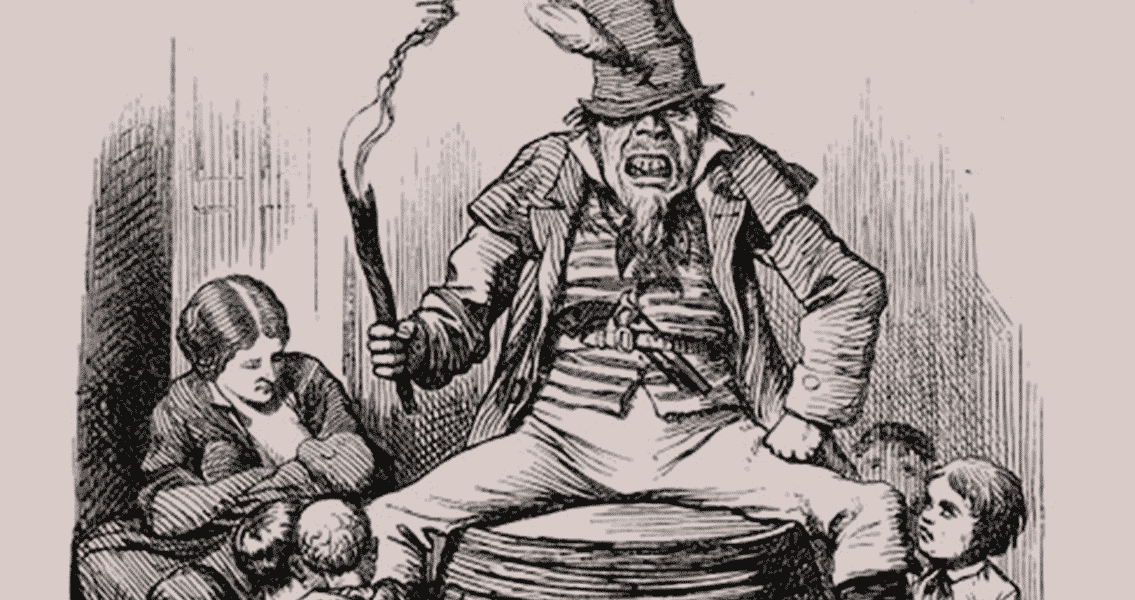<![CDATA[On the 5th November every year bonfires and fireworks light up the night sky across the United Kingdom. Effigies of Guy Fawkes are burnt on fires to celebrate the foiling of the attempted assassination of King James I. As families become absorbed in the traditional rituals associated with Guy Fawkes Night however, it is easy to forget the political intrigue and religious persecution behind the event. In 1605 a group of Catholic conspirators plotted to blow up the House of Lords and with it the King and most of his government. They were motivated by the continued persecution of Catholics in the United Kingdom. It was hoped that the death of James would lead to his daughter Elizabeth ascending to the throne, someone the Catholic conspirators believed could be manipulated to be more tolerant towards their religion. The conspirators, led by Robert Catesby, obtained a small house next to Parliament with access to an underground cellar just beneath the House of Lords. They filled the cellar with 36 barrels of gunpowder which they intended to detonate on the morning of the 5th November, when the King and a host of MPs would be at the opening of Parliament. Guy Fawkes, the group's explosive expert, positioned himself in the basement and prepared to light the fuse. A last minute inspection of the cellar by royal guards led to Fawkes capture, torture and execution. The plot was foiled, and Fawkes' accomplices were quickly rounded up. The plot reveals the continued tensions of Reformation Era Britain and Europe. Elizabeth I's reign was characterised by heavy persecution of the country's Catholic population. It was hoped that her successor James would show greater tolerance, especially because of his Catholic mother, but this never materialised. Guy Fawkes was just one example of a generation of Catholics who found themselves on the wrong side of the Reformation. When he was 21 he went to fight for Catholic Spain against the Protestant Dutch Republic in the Eighty Years War. It is likely that Fawkes viewed the Gunpowder Plot as just another campaign in the battle between religious doctrines. Ultimately, the failed plot was used as justification for two centuries of severe discrimination against Catholics. This consequence has led some to question the traditional interpretation of events. Robert Cecil, the King's trusted advisor and spy master, believed Catholicism posed a serious threat that needed to be expelled from the country. It seems he also believed that James might be too lenient in dealing with the issue. Cecil was undoubtedly a well connected man, could he have conspired to start and then foil the plot, to push James into firmer sanctions against Catholics? There are some unexplained factors that encourage people to explore this line of thinking. Firstly, gunpowder was a volatile commodity, the stocks of which were tightly controlled by the government. How did the plotters obtain so much, and how did they transport such a huge quantity inconspicuously? More significantly, why did the guards make an unscheduled search of the cellar? Some historians believe they were acting on a tip off to Lord Mounteagle, who had received an anonymous letter alluding to the plot. He seems to have passed the letter on to Cecil, but where did it come from in the first place? Guy Fawkes Night has developed into a fun, family friendly tradition in the UK, and several of the commonwealth countries such as New Zealand and Canada. With the exception of effigy's of the Pope still being placed on bonfires in some small towns, it is now largely divorced from its historical origin. As the conspiracy theories mentioned above suggest however, the events of the 5th November 1605 were part of a complicated web of reformation religious politics. ]]>
5th November – Guy Fawkes the Politics Behind the Effigy
